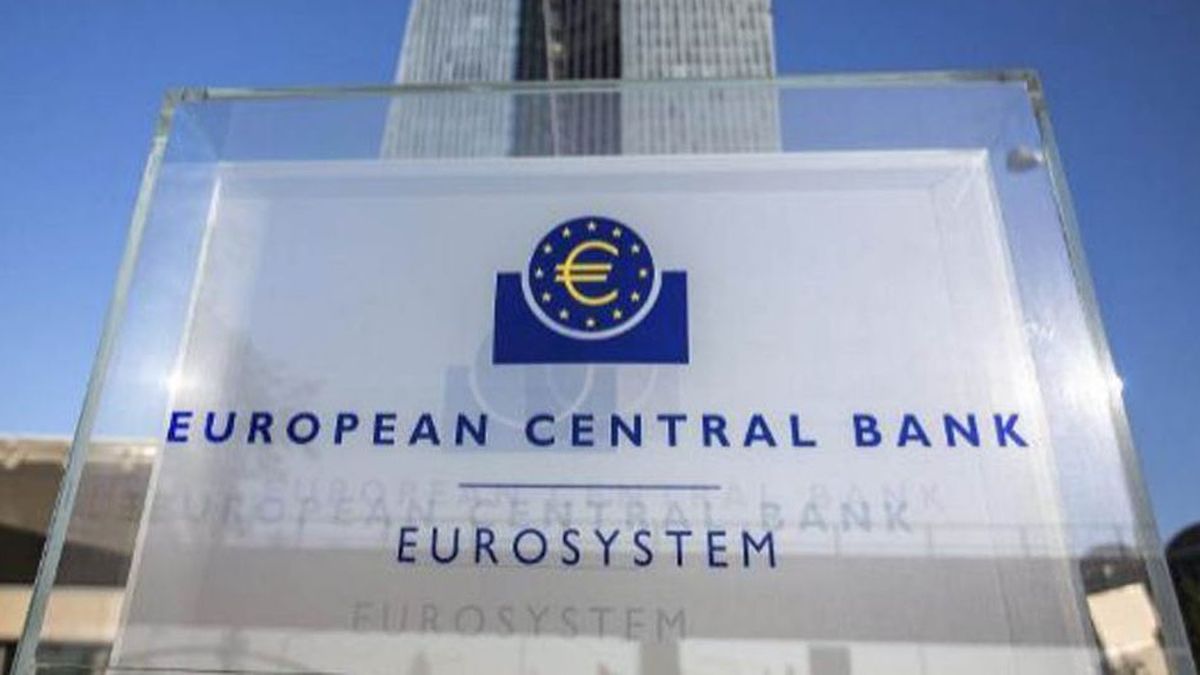The euro zone leaves the recession behind, after contraction of 0.1% in the last two quarters of 2023.
The eurozone economy It grew by 0.3% in the first quarter compared to the previous quarter, according to the preliminary estimate published by Eurostat, the statistical office of the European Union (EU). In this way, the Eurozone leaves recession behind after the 0.1% contraction in the last two quarters of 2023.
The content you want to access is exclusive to subscribers.
Growth: which are the countries that led the push
Among the major economies, Spain took the lead by registering an increase in Gross Domestic Product (GDP) of 0.7% between January and March. Of the rest, the economies of Germany and France grew by 0.2% and that of Italy, by 0.3%.


Overall, among the Member States for which data is available for the first quarter, Ireland (1.1%) recorded the largest increase compared to the previous quarter, followed by Latvia, Lithuania and Hungary (all +0.8 %).
In contrast, Sweden (-0.1%) was the only Member State to record a decrease compared to the previous quarter.
In year-on-year terms, GDP increased by 0.4% in the euro zone. Meanwhile, throughout the EU, the economy advanced 0.3% compared to the last quarter of 2023 and 0.5% compared to the first quarter of last year.
spain-flag.jpg

Spain took the lead by registering an increase in Gross Domestic Product (GDP) of 0.7%
Growth: the opinion of analysts
ING analysts highlight that the growth of eurozone is the strongest since the third quarter of 2022, when the energy crisis began. In general, they point out that southern Europe seems to have once again overtaken the north.
However, they believe that “We should not exaggerate the story of the beginning of economic recovery. Unlike after the pandemic, a vigorous recovery is not underway, as the economy still suffers from weak global demand, real wages have not recovered to 2021 levels, and it is still adjusting to interest rates. Taller”.
“Following the encouraging first quarter GDP data, the continued modest recovery is putting the eurozone on track for a better-than-expected growth rate by 2024. As inflation remains relatively benign at the moment and unemployment at historic lows, the economic environment in the eurozone is looking up,” they add.
Source: Ambito




